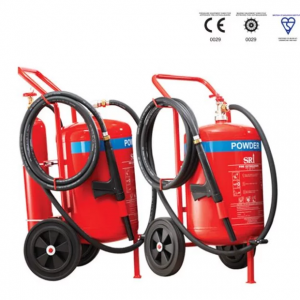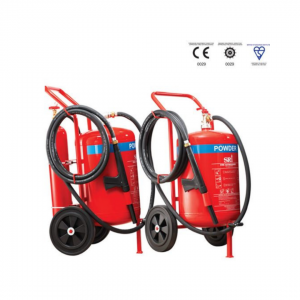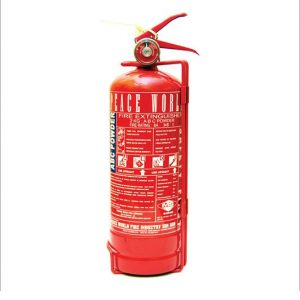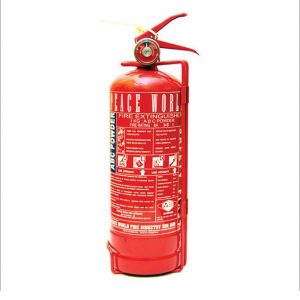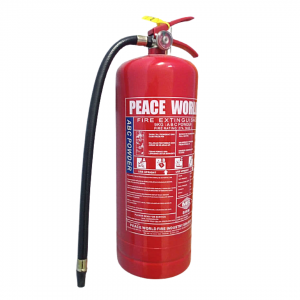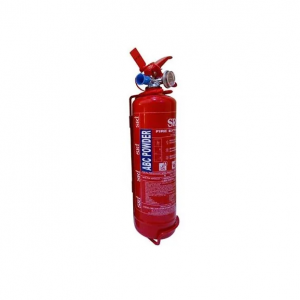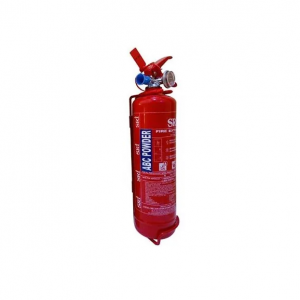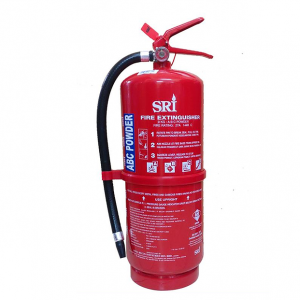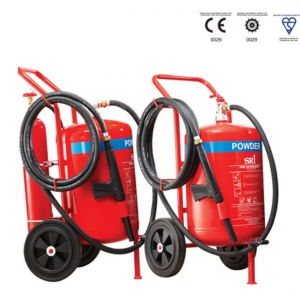Malaysia’s EV Fire Risk Mitigation: A Statistical Approach
As Malaysia stands at the precipice of an electric vehicle (EV) revolution, the impending surge in EVs on Malaysian roads necessitates a thorough examination of the statistical landscape surrounding EV fire risk. The emergence of EVs brings forth new challenges, notably the potential increase in fire incidents. This article delves into the importance of a robust statistical and risk analysis approach in proactively preventing EV fires, ensuring the seamless integration of these vehicles into our daily lives.
Predictive Analysis and Risk Mitigation
By harnessing the power of predictive analytics, we can forecast the likelihood and severity of EV fires. This predictive capability empowers policymakers and engineers to address potential hotspots and design flaws proactively. It provides insights into the where, why, and how of these incidents, guiding targeted interventions.
Design and Policy Implications
Statistical evidence goes beyond prediction; it informs the design of safer car parks and the development of robust policies. Measures derived from statistical analysis are grounded in empirical reality, tailored to mitigate quantified risks effectively.
Resource Allocation
A comprehensive understanding of the risk landscape enables Malaysia to allocate resources strategically. This involves investing in necessary infrastructure upgrades, emergency services preparedness, and public education campaigns, ensuring optimal utilization of resources.
Setting Standards and Regulations
As Malaysia embraces more EVs, setting appropriate safety standards and regulations becomes paramount. Through rigorous research and statistical analysis, benchmarks for vehicle and infrastructure safety can be established, tailored to the unique challenges of EV technology.
Public Safety and Confidence
Statistical risk management plays a crucial role in enhancing public safety and fostering confidence in EV technology. Effective management of risks encourages wider adoption of EVs, promoting a sustainable future.
Infrastructure Readiness
The readiness of Malaysia’s infrastructure to accommodate a significant influx of EVs is a pressing concern. Statistical analysis highlights the robustness of electrical grids, the sufficiency of charging stations, and the preparedness of emergency services.
Adapting Global Best Practices
While international research provides valuable insights, localized statistics and research are indispensable. They contextualize global trends to Malaysia’s unique context, ensuring effective adaptation to local conditions.
Conclusion
In conclusion, as Malaysia navigates the electric frontier, a comprehensive statistical approach to understanding and mitigating EV fire risks is essential. It ensures a safe and efficient transition to electric mobility, aligned with global safety standards, and heralds a sustainable automotive future.
To further enrich the discussion on EV fire risk mitigation, let’s address some commonly asked questions:
What latest equipment is available to put out fires involving EV?
Answer: One of the latest advancements in fire suppression technology for EVs is the development of EV fire blankets. These specialized blankets effectively smother fires involving EVs.
How do EV fire blankets work, and what makes them effective in extinguishing EV fires?
Answer: EV fire blankets swiftly cover and smother the fire, cutting off the oxygen supply and suppressing the flames. Built from fire-resistant materials, they withstand high temperatures and effectively extinguish EV fires.
Are there any limitations or challenges associated with using fire blankets for EV incidents?
Answer: EV fire blankets are effective, but they face limitations such as size constraints, as they must cover the entire vehicle. Deploying them in high-stress situations also presents challenges, making proper training and coordination essential.
Can EV fire prevention technologies, such as fire blankets, be integrated into existing firefighting systems?
Answer: Yes, firefighting teams can integrate EV fire prevention technologies like fire blankets into their existing systems. With proper training and protocols, they enhance their ability to handle EV incidents effectively.
Are firefighters trained to use EV fire blankets in the event of an incident?
Answer: Firefighters undergo specialized training to effectively use EV fire blankets and other advanced firefighting equipment. These programs equip them with the knowledge and skills needed to handle EV-related emergencies safely.
Are there industry-wide standards or regulations for EV fire prevention technologies?
Answer: Although standards and regulations for EV fire prevention technologies are evolving, there remains room for improvement. Stakeholders must collaborate to develop comprehensive standards that enhance EV safety during emergencies.
How can these standards be improved to ensure the safety of EVs in emergencies?
Answer: Improving standards for EV fire prevention technologies requires continuous research, testing, and collaboration among industry experts, policymakers, and regulatory bodies. By implementing and regularly updating stringent standards based on technological advancements, we can enhance EV safety during emergencies.





